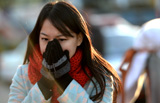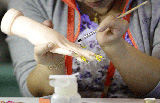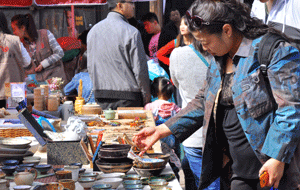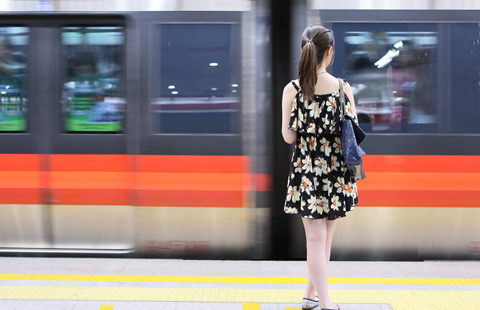Tourists change spending pattern
By Zhuan Ti (China Daily) Updated: 2013-09-14 08:10Leisure, entertainment start to replace luxury shopping
Outbound tourism has shown signs of weakening spending power for high-end products as tourists become more focused on what exactly they want from a holiday, a leading tourism expert said.
There has been a fall in tourists spending more than 5,000 yuan ($800) during each outbound trip, according to China Tourism Academy outbound tourism researcher Jiang Yiyi.
"Outbound tourism is no longer a privilege of the rich," she said, adding that tourists are more rational in their approach to spending.
Thanks to rapid economic development, more residents of second- and third-tier cities are able to go overseas for their holidays, according to the China Outbound Tourism Development 2013 report, released by the China Tourism Academy.
For example, in the United States, shopping is still listed as a main purpose for visiting the country but the percentage of tourists citing this as their main reason has fallen by 6.8 percentage points.
However, the number of those citing leisure and entertainment as their main reasons has risen by 5 percentage points. At the same time, in Hong Kong, travelers from the Chinese mainland are more keen on practical products, a major trend change from the previous focus on top luxury brands.
As a result of this trend, spending from mainland travelers goes down.
"Tourists are better prepared before they travel," said Li Mengran, a public relations specialist at Beijing UTour International Travel Service.
"They will check styles, sizes and prices of what they want at shopping centers on the mainland and compare their prices when they arrive in the US. If the prices in the US are higher than home prices, they will not buy."
In addition, mainland tourists are choosing better ways to pay.
Cash has been replaced by cards.
"Using credit cards, such as Visa and MasterCard, give them more choices and better exchange rates," she said.
In 2012, about 58.9 percent of tourists were first time outbound travelers, down 4.66 percent year-on-year, according to the academy.
There is also a change in the type of journey they opt for with more focus on one country rather than visiting a number of destinations, Li said. They want their trip to be more specialized.
North Europe, especially its mountains and rivers, is a favorite destination for keen photographers. Tourists going there are less interested in shopping than say a tourist going to Paris or Milan, she said.
Li added that a relaxation in visa requirements to the US and European countries has also made travel easier than before, allowing more frequent outbound trips and diluting any urgency to shop.
Wang Jing, a 32-year-old from Beijing, who visited Los Angeles and San Francisco last month, said it had been a great shopping experience.
Most of her purchases were of good quality but less expensive than the same brand on the mainland. She bought shoes, bags, luggage, and clothing for her family and friends.
Total overseas spending by mainland tourists in 2012 reached $102 billion, while the tourism services trade deficit further increased to $51.9 billion, according to the academy.
The amount of outbound visits from the mainland is expected to reach 94.3 million this year, a year-on-year increase of 15 percent, while spending is set to hit a record $117.6 billion.
The tourism services trade deficit will likely reach $68.3 billion, according to Dai Bin, head of the academy.
zhuanti@chinadaily.com.cn
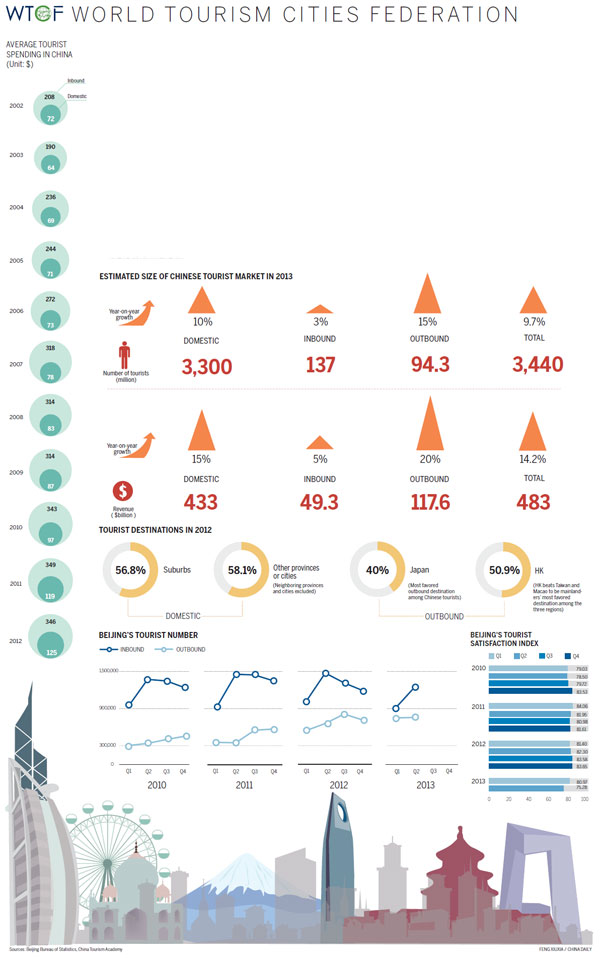
- Database to track fugitives overseas
- Family size violation fees to stay
- Draft plans for regional, circuit courts approved
- Protest founders poised to surrender in Hong Kong
- Taiwan leader decides to resign as party chairman after election defeat
- 154 'foxes' surrender before deadline
- Tolerance ends, HK chief vows
- Expansion of pollution monitoring on the way
- AIDS pandemic has reached tipping point, campaigners say
- Spot corruption, send a text
